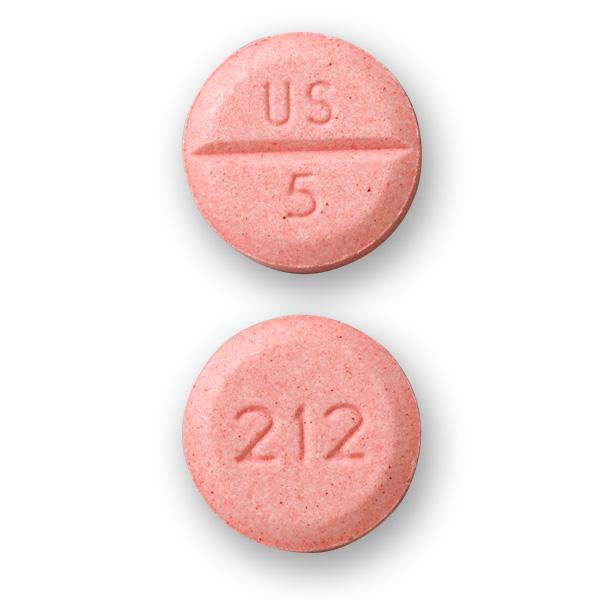Midodrine Dosage
Medically reviewed by Drugs.com. Last updated on Sep 16, 2024.
Applies to the following strengths: 2.5 mg; 5 mg; 10 mg
Usual Adult Dose for:
Additional dosage information:
Usual Adult Dose for Hypotension
10 mg orally 3 times a day during daytime hours when the patient needs to be upright
Comments:
- The three daily doses may be given at 3-hour intervals, if needed, but not more frequently.
- This drug should not be given after the evening meal or less than 4 hours before bedtime.
- This drug should only be continued in patients who appear to attain symptomatic improvement during initial treatment.
Use: Treatment of symptomatic orthostatic hypotension (OH) in patients whose lives are considerably impaired despite standard clinical care, including non-pharmacologic treatment such as support stockings, fluid expansion, and lifestyle alterations.
Renal Dose Adjustments
CrCl less than 90 mL/min: Initiate treatment using 2.5 mg doses
Acute renal disease: Contraindicated
Liver Dose Adjustments
Use with caution
Precautions
US BOXED WARNING:
- SUPINE HYPERTENSION: Because this drug can cause marked elevation of supine blood pressure, it should be used in patients whose lives are considerably impaired despite standard clinical care. The indication for this drug in the treatment of symptomatic orthostatic hypotension is based primarily on a change in a surrogate marker of effectiveness, an increase in systolic blood pressure measured one minute after standing, a surrogate marker considered likely to correspond to a clinical benefit. At present, however, clinical benefits of this drug, principally improved ability to carry out activities of daily living, have not been verified.
Safety and efficacy have not been established in patients younger than 18 years.
Consult WARNINGS section for additional precautions.
Dialysis
This drug is dialyzable; however, no dose adjustment guidelines have been reported.
Other Comments
Monitoring:
- Cardiovascular: Supine, standing, and sitting blood pressure; signs or symptoms suggestive of bradycardia (e.g., pulse slowing, increased dizziness, syncope, cardiac awareness).
- Hepatic: Liver function prior to initial use and thereafter as needed.
- Renal: Kidney function prior to initial use and thereafter as needed.
Patient advice:
- Advise patients to immediately report supine hypertension symptoms (e.g., cardiac awareness, pounding in the ears, headache, blurred vision, etc.).
- Advise patients to discontinue this drug if supine hypertension persists.
- Inform patients to discontinue this drug if they experience any signs or symptoms suggestive of bradycardia (e.g., pulse slowing, increased dizziness, syncope, cardiac awareness).
- Advise patients to administer the final dose of the day 4 hours or more before bedtime to minimize nighttime supine hypertension. Nighttime supine hypertension may be further minimized by elevation of the patient's head.
- Inform patients that certain components in over-the-counter products (e.g., cold remedies, diet aids) should be used cautiously with this drug as they can also increase blood pressure.
More about midodrine
- Check interactions
- Compare alternatives
- Pricing & coupons
- Reviews (56)
- Drug images
- Side effects
- During pregnancy
- Drug class: miscellaneous cardiovascular agents
- En español
Patient resources
Other brands
Professional resources
Related treatment guides
See also:
Further information
Always consult your healthcare provider to ensure the information displayed on this page applies to your personal circumstances.


